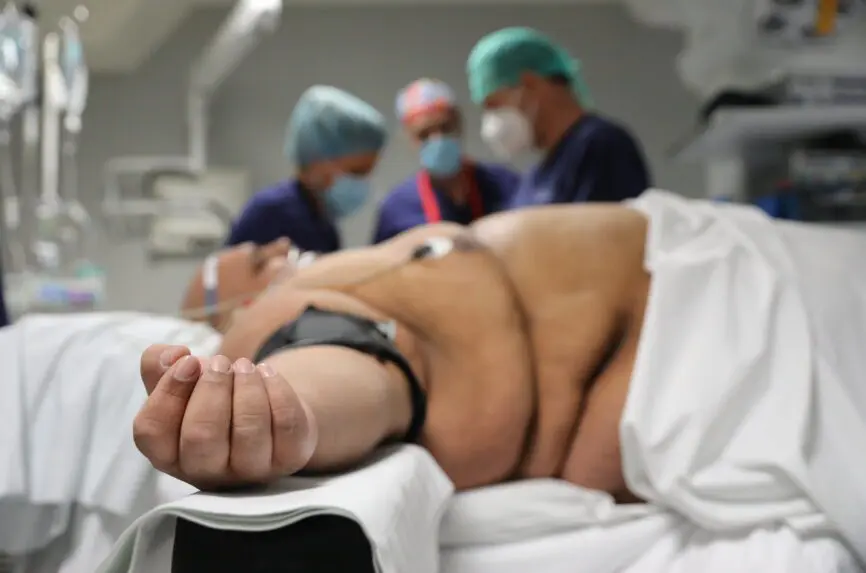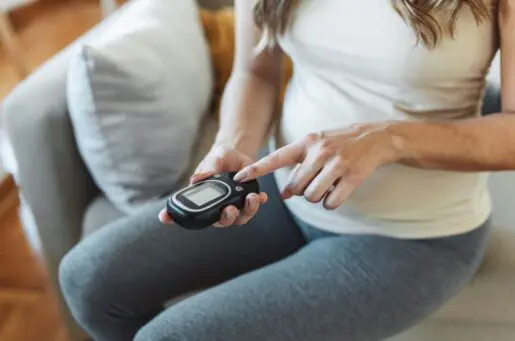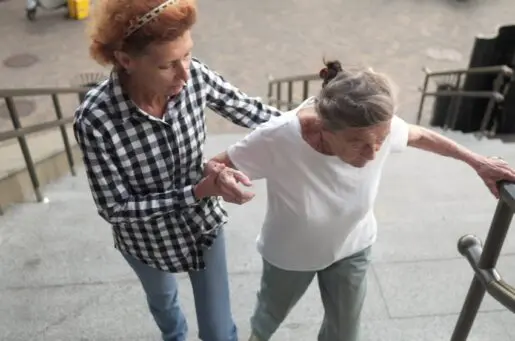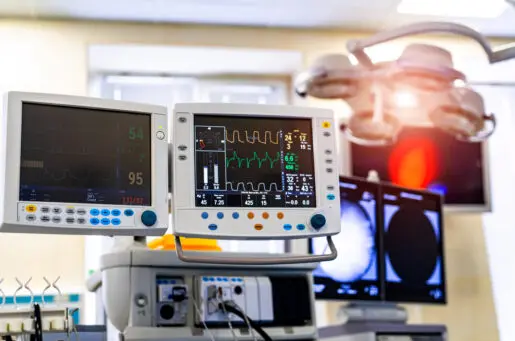Bioethics Forum Essay
Well, There’s Always the Zoo
After almost a week of workup in the hospital, our young patient with morbid obesity was at a diagnostic crossroads. He had undergone several hospital admissions for recurrent bloodstream infections, with no doctor being able to diagnose the cause. Weighing over 600 lbs., he was above the weight limit of our hospital system’s scanner tables and those of all the other major medical centers that we called in our large city. In response to the question of what to do next, when advanced radiographic imaging was the best next step based on practice standards, our radiology department’s answer was simple, yet inhumane: “Well, there’s always the zoo.”
While this response may seem far-fetched, and something from a TV show parodying the state of the U.S. health care system, transferring patients with severe obesity to veterinarian facilities or local zoos is very much a part of medical care for this stigmatized population. Difficult to study and quantify—there is little evidence in the medical literature of the rate at which human patients are imaged with equipment designed for animals–transfer to nearby animal imaging facilities as a solution to weight-capacity limits for advanced imaging studies is a well-known occurrence in human health care. Finding tables with higher weight-bearing capacity is not the only challenge with diagnostic imaging for this subset of the population: adjustment to radiation dosage, patient transportation and transfer needs, staffing allocation, and image processing may all require unique modifications and facilities.
The United States has struggled with the public health crisis of obesity for some time. According to recent National Health and Nutrition Examination Survey (NHANES) data, nearly 1 in 11 adults have severe obesity, defined as a body mass index over 40. In U.S. emergency rooms, the prevalence of severe obesity among patients approaches 40%. The impact on U.S. public health is well-known, but the impact on health care delivery is less familiar. Another recent national study estimates that the aggregate cost of obesity among U.S. adults is $260 billion. The study quotes rising costs across almost every category of care, including inpatient, outpatient care, and prescription drugs. While these estimates may reflect direct and indirect costs associated with complications, primary disease management, and prevention, it is also likely that rates of hospitalization, re-admission, and transfers to facilities for higher levels of care also contribute significantly. A lengthy, costly diagnostic process, like our patient’s, could have been avoided if there had been appropriate diagnostic tools.
Unfortunately, delivering optimal care to patients with obesity is not a new challenge for U.S. health systems. A national telephone survey in 2008 of hospital radiology technicians found that among 262 institutions, only 28% had access to large capacity CT scanners and 10% for MRI’s. While many imaging device manufacturers have increased weight limits to accommodate bariatric patients in recent years, there are too few full-service facilities. Advanced imaging is the gold standard for diagnosing many common diseases, such as stroke, internal bleeding and infections, and pulmonary embolisms. When appropriate diagnostic studies are not available, patient care suffers. In a 2021 study, U.S. providers cited barriers to diagnostic testing as one of the key problems facing older adults with obesity. Clearly, the obesity epidemic is not going away soon, and health systems are ill-equipped to address it.
Health care systems should seek to deliver care that is person-centered and compassionate, providing quality care to people of all body shapes, sizes, and BMIs. Not only would this better align with the mission of health care systems to provide equitable care, it would also reduce expenditures incurred from repeated or prolonged hospital stays and unnecessary transfers. Medical device manufacturers would also stand to gain from the production of scanners that can accommodate patients with higher BMI’s; as obesity rates increase, the market for these scanners will surely follow.
As a population already facing significant stigma, encounters with the health care system like the experience of my 600-lb. patient should raise concern. Rather than accept substandard care options–such as transferring patients to animal facilities for life-saving imaging–we should seek solutions that offer optimal care for all patients. Dehumanizing people with severe obesity only exacerbates stigma and poses barriers to care. If we can design advanced imaging facilities for variable sizes of animals, why can’t we do the same for our own species?
Kathryn Huber, MD, MS, is a resident in internal medicine at the University of Colorado. @kath_huber














Thank you for this thoughtful piece. I see in it many of the struggles patients in rural areas face. I identify some of them in the form on questions they have: ‘Why do so many stereotypes of my rural community include anecdotes, jokes, and slurs that rural people are ‘fat and ugly’, not to mention ‘ignorant, dangerous and racist'”? “Why do so many metro elite groups – claiming their primary interest to be nature, ecology, climate, and all things ‘green’ – treat us as less important then the animals they claim to love: blocking economic development and infrastructure that can bring us income, access and other resources to improve our health?” “Do the metro folks who come – once or twice a year, if that – to the parks and preserves where I live, not see that there are no or few healthy eating options, and safe, recreational alternatives, or health care resources for me and my family; or do they not care? We live here every day, with no grocery stores, no recreation facilities with diverse activities for my family, the nearest hospital many miles – even hours – away, and some of them are closing down services, or closing down entirely. Do they ‘leap peeps’, and ‘once a year campers/hikers’, not see? not care?”
Hello Dr. Huber; thank you for your insightful post. I completely agree with your message that dehumanizing people with severe obesity exacerbates stigma and creates further barriers to care for this patient population.
Patients with severe obesity already face a multitude of distressing encounters during a healthcare visit, whether it be the too-small chairs in the waiting room or the discomfort associated with stepping on the scale in front of their physician. Additionally, patients with obesity are often concerned that their physician will ignore their concerns and assume that their patient’s symptoms stem directly from their weight. These concerns have been shared in books and social media outlets by countless people with obesity, and it is incredibly distressing to hear their thoughts about interacting with healthcare professionals. For example, Aubrey Gordon, a self-proclaimed “fat activist” and author of What We Don’t Talk About When We Talk About Fat, is quoted as saying: “It is one of the great fears of my life, that I will die of a totally treatable or preventable thing because my doctor can’t conceive of me having any other health problem than just being a fat person.” Hearing this, it is understandable that people with obesity may fear visiting a physician until necessary, which can ultimately harm their health. Also, from the information you shared about the lack of proper diagnostic devices available for this population, it is clear that Aubrey’s fears are not unfounded.
Although people with obesity face bias and discrimination daily, there are currently no laws protecting them from experiencing weight discrimination in healthcare. This lack of protective legislation may be influenced by the belief that it is a person with obesity’s “choice” to be the weight they are. Unfortunately, this thinking ignores the existence of medical conditions, socioeconomic disparities, medication side effects, and a variety of other factors that may influence the development of a higher BMI.
Overall, I agree that the healthcare system should focus on delivering compassionate care to patients of all sizes. And as you noted, creating appropriately sized medical devices is a step that could benefit not only patients with obesity but also medical device companies and physicians. However, I’m curious if legislation is necessary to make these changes occur and if we will have to continue to treat our patients with the same tools utilized to treat zoo animals until laws are passed to protect this population.
Dr. Huber, your commentary has great value and is highly appreciated. I agree with your above concerns and want to take somewhat of a deeper dive into both the ethical and legal fears exacerbated by this situation. Thank you for bringing this topic into the bioethics discussion.
The absence of proper diagnostic equipment directly infringes on a patient’s ability to make choices about where they would like to receive their medical care. However, in areas where patients can be referred to an animal imaging facility, there is a subsequent concern (albeit one that is not guaranteed) that a paternalistic provider may force a patient to utilize this option. One might be most sympathetic toward this approach in a time-sensitive situation, but the uncertainty of the physical and psychological risks placed on the patient are critical and should be deeply considered. The question then becomes: how might a provider obtain any variation of informed consent for the use animal diagnostic technology even with a willing patient? These ethical considerations are made on an assumption that the hypothetical obese patient opts to seek medical treatment at all, contrary to the high rates of care avoidance due to underlying stigmas, systemic injustices, and provider biases (Sabin et al., 2012). Overall, in the scope of patient autonomy, there are significant concerns presented in the practice that you had witnessed as it challenges a patient’s decision-making ability, protected privacy, and the value of consent. There are further concerns that can be analyzed under the pillars of beneficence and non-maleficence seeing that the accuracy of animal diagnostic tools is questionable. Regardless of any counterargument, it is substantially clear that a patient would not find greater health benefits with a referral to the veterinarian as they would another medical facility.
There are larger justice issues that underscore this discussion. Since obesity rates disproportionally effect poorer communities and medical facilities in low-income areas often face closure risk due to disorganized funding, it is likely that individuals in these areas will have a greater need for, yet less access to, the necessary diagnostic technology (Żukiewicz-Sobczak et al., 2014; Ko et al., 2013; Williams, 2019). This conflict highlights a significant healthcare disparity where inaccessibility negatively impacts the wellbeing of those in vulnerable populations. I would like to challenge Lily Kurtz’s comment for stating that there are no weight-discrimination laws in place to protect these individuals. There are a number of federal anti-discrimination laws including EMTALA and ADA.
Emergency Medical Treatment and Labor Act (EMTALA) was passed in 1986 to prevent emergency departments from engaging in ‘patient dumping’ and mandated federally funded hospitals to examine, screen, and treat each patient regardless of their ability to pay. While the primary goal of this act was to improve healthcare access to those who cannot afford it, it simultaneously reduced treatment discrimination in the medical field (Department of Health and Human Services, 2001). This may translate directly to the situation above if correctly applied. Should an obese patient enter the emergency department, it is expected that they be treated to the fullest capacity of the facility despite cost. An argument could then be made that medically necessary diagnostic imaging must be made accessible regardless of the financial burden.
American Disability Act (ADA) passed in 1990 and in its respect to healthcare, prohibits discrimination toward any individual with a disability (ADA, 2024). Though an obesity diagnosis alone does not qualify as a disability, 44.6% of disabled adults are comorbidly obese (Richardson v. Chicago Transit Authority, 2019; CDC, 2023). In a circumstance where an individual’s obesity can prevent their access to healthcare this may infringe on the ADA’s anti-discrimination laws.
On the state level, only Michigan has passed a weight specific anti-discrimination law (Elliott-Larsen Civil Rights Act, 1976). Though this law is only applicable to workplace discrimination, it may aid in reducing weight-related stigmas and encourage other states to follow in their lead. I remain hopeful that if we increase advocacy and continue this discussion that healthcare leaders and policymakers will become more sympathetic to the needs of the people it serves. Again, thank you for your essay.